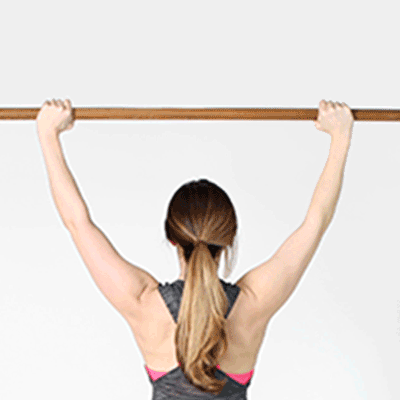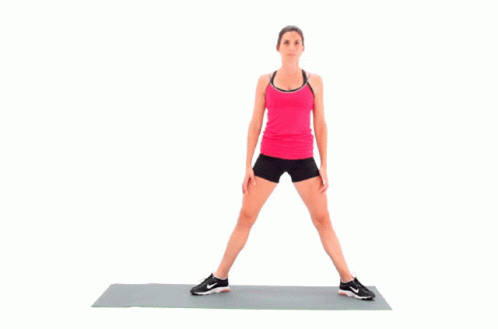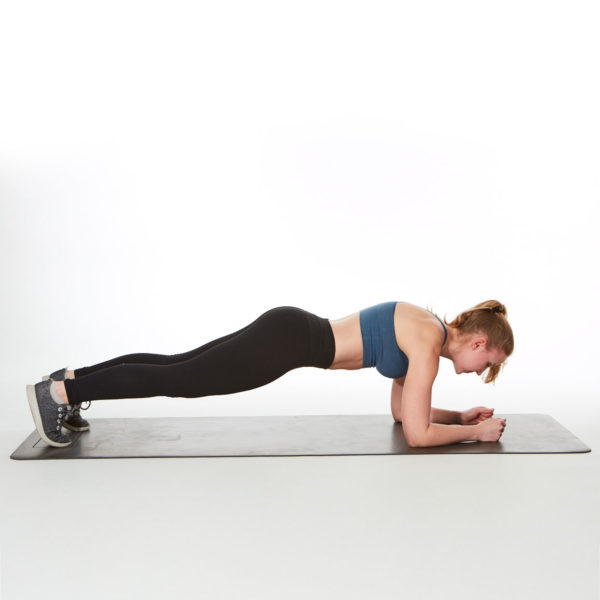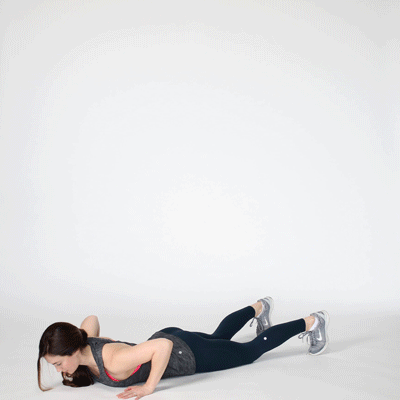Bodyweight Workout For Beginners
It is a universally recognized truth that anyone who needs to improve their fitness, health, and energy should exercise regularly. Unfortunately, lack of time, lack of access to good facilities, or being a member of an overpriced gym make it incredibly easy for workouts to fall by the wayside.
Bodyweight training can be done anytime, anywhere, and it costs nothing. No special equipment is needed because your body is your gym. And everyone should know how to do it. It is foundational: the foundation on which everything else is built.
The benefits of bodyweight exercise
It’s often considered the poor relative of weight training, but nothing could be further from the truth. Just look at gymnastics or martial arts sports, which feature athletes with the highest levels of physical fitness. Bodyweight workouts are the cornerstone of his training.
Bodyweight training does not produce as large gains in absolute strength (the maximum weight a person can lift) as weight training. However, bodyweight exercises develop relative strength, that is, the strength you have compared to your size. This type of strength reflects how well one is able to control and move their body in space.
A higher level of relative strength is associated with greater efficiency in body movement, less fatigue, and the ability to generate force faster and to a greater extent. In other words, it helps you run faster, jumps higher, and throw harder.
So while increasing absolute strength has its benefits (it also helps relative strength), improving relative strength is key to improving athletic performance and carrying out everyday activities with ease. Below are some of the many other benefits.
BENEFITS OF BODYWEIGHT TRAINING
Bodyweight training has countless positive effects on fitness and health:
- Most bodyweight exercises are closed-chain exercises, which use multiple joints, and natural movement patterns, and are often functional exercises (better related to activities of daily living, improving the way you perform daily tasks).
- It strengthens multiple muscle groups at the same time, making it both effective and time-efficient.
- Increases strength, power, endurance, speed, coordination and agility.
- Increases the size of the muscles.
- Improve posture.
- It reduces body fat and improves body composition, especially if done in the form of a high-intensity circuit.
- May improve cardiometabolic health.
- More variety of movements compared to strength machines.
- It increases relative strength, teaches the body to move as a whole unit, and improves body movement in space.
- Progression isn’t just about increasing sets, reps, or weight, it’s about making the exercise more challenging. This increases movement skills, which can be transferable to other activities.
Practiced thousands of years ago by Spartan warriors preparing for battle in ancient Greece, the benefits of bodyweight exercises have been known since time immemorial. In fact, bodyweight training is also known as calisthenics , which comes from the ancient Greek kállos sthenos, meaning “beautiful strength.” I mean, what else could I need to know?
So even though modern exercise technology has made these moves seem a bit old school and even redundant, this type of training is incredibly effective. The fact that bodyweight workouts are comfortable and free is an added bonus.
BODYWEIGHT WORKOUTS
A good training program must be balanced. In other words, for every pushing exercise, you need a pulling exercise, and you also need to work your legs and core.
By covering these four foundations, you’ll work all the major muscles in your body and ensure structural balance in your joints, which is important for both appearance and health.
As an optional add-on, you can also include dynamic exercises if you want to incorporate some cardio to get your heart rate up and burn more calories.
How to build a bodyweight workout
A good bodyweight workout should contain several different types of exercises:
- Upper body – pushing exercises
- Upper body – pulling exercises
- Lower Body Exercises
- core exercises
- Dynamic exercises (optional)
Choose one or two exercises from each category, perform two to four sets of 8 to 12 repetitions of each exercise (the last repetitions should be difficult to complete).
With weight training, simply increasing the weight makes an exercise more difficult. However, with bodyweight exercise, you make exercises easier or harder by moving your hands and feet or changing your body angle. (Of course, if you wish, you can use weights, elastic bands, or other tools to make the exercises more difficult.)
By changing your body position, bodyweight exercises can be adjusted to suit any fitness level. For example, kneeling pushups are relatively easy, while handstand pushups are much, much more difficult.
Start with the easy versions of each exercise. Increase the number of reps of that easy exercise until you’re strong enough to move on to the next, slightly more difficult version. Continue to gradually work your way up the difficulty ladder as you get fitter and stronger.
Don’t forget to do a dynamic warm-up before training, and stretch afterward.
1. PUSHING EXERCISES
Target area: Chest, shoulders and triceps.
Example: Push-ups.

2. PULL EXERCISES
Target area: Back, biceps and forearms.
Example: Dominated.

3. EXERCISES FOR THE LOWER BODY
Target area: Legs and buttocks.
Example: Squats.

4. EXERCISES FOR THE TRUNK
Target area: Core.
Example: Iron.

5. DYNAMIC EXERCISES
Target area: Cardio.
Example: Burpee.
